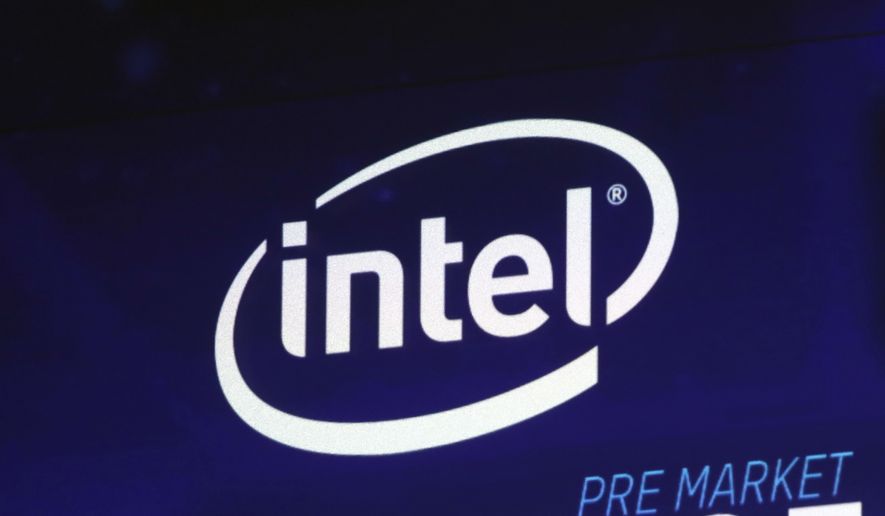Intel plans to invest $20 billion in a semiconductor factory outside of Columbus, Ohio, the White House said Friday as President Biden tries to spur U.S. manufacturing to fight a global chip shortage.
The White House said the new facility will create 7,000 construction jobs and 3,000 permanent jobs.
“Today’s announcement is the latest marker of progress in the Biden-Harris administration’s efforts to ramp up domestic manufacturing for critical goods like semiconductors, tackle near-term supply chain bottlenecks, revitalize our manufacturing base, and create good jobs here at home,” a fact sheet said.
The global shortage in semiconductors impacts products such as cars, smartphones, medical equipment and vacuum cleaners.
The Biden administration said the shortage knocked a full percentage point off the U.S. gross domestic product last year and hurt U.S. autoworkers, who faced furloughs and production shutdowns due to pandemic disruptions at Asian semiconductor factories.
The administration said the U.S. must be more reliant on domestic production. It boasted the semiconductor industry has invested more than $80 billion in the U.S. since the beginning of 2021.
Intel’s investment in the plant will continue through 2025, suggesting the plant may be fully online after the semiconductor shortage has long passed. It takes roughly three years for a new chip factory to hit full protection.
Also, testing and packaging for most chips are completed in Southeast Asia where costs are much lower. It costs 30% more to make a chip in the U.S. than in Asia, according to a 2020 report by the Semiconductor Industry Association. That could add $10 billion to $40 billion to production expenses.
Intel last year announced that it would spend $7.1 billion to build a massive packaging and testing facility in Malaysia, bucking the administration’s call for more domestic manufacturing.
The $7.1 billion is part of Intel’s overall $30 billion investment in Malaysia, which will include a sprawling complex to build chips for cars, computers and other industries.
Still, the administration hailed Intel’s U.S. investment, as a step in the right direction for the American chip industry.
“The United States used to lead the world in global semiconductor manufacturing. But in recent decades, the U.S. lost its edge — our share of global semiconductor production has fallen from 37% to just 12% over the last 30 years,” the administration said in a fact sheet. “The Biden-Harris administration has been working around the clock with Congress, our international allies and partners, and the private sector to expand U.S. chip manufacturing capacity, bring back critical American manufacturing jobs, address the chip shortage, and ensure we are not exposed to these disruptions again.”
• Tom Howell Jr. can be reached at thowell@washingtontimes.com.
• Jeff Mordock can be reached at jmordock@washingtontimes.com.




Please read our comment policy before commenting.